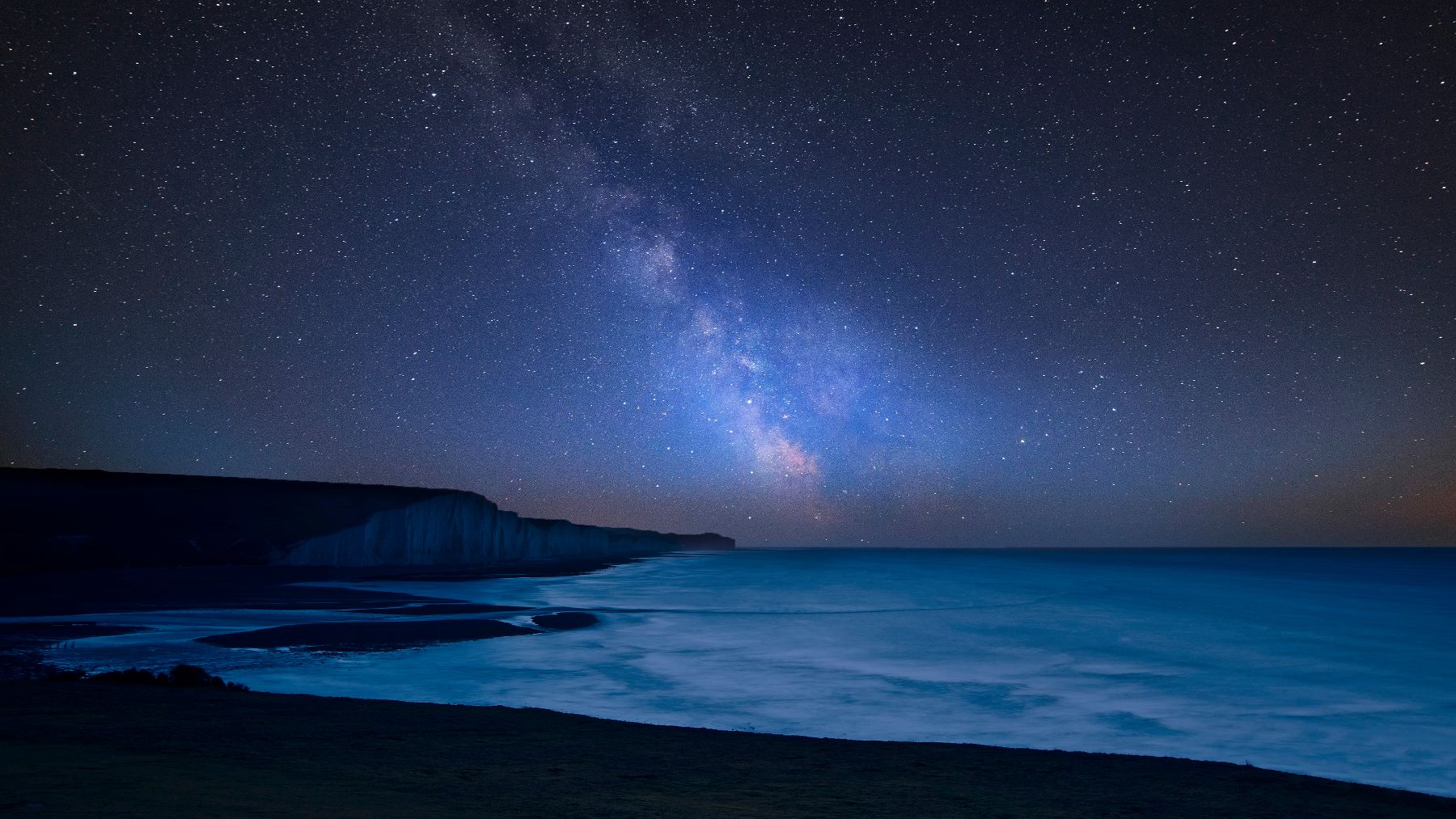Earlier in 2025, scientists have unveiled the truth about the ocean shining at night, calling the event “Milk Sea”. This phenomenon has been happening for over 400 years, a time when the technology as we know it was nowhere near being created. However, fishermen have seen it the ocean glowing at night for centuries, and though they didn’t have the same information as we do today, they still found a way to classify this as a phenomenon that can only occur under perfect conditions – conditions that humans don’t control, but can predict now. But we can predict now.
Why the ocean is glowing at night: Iceland’s biggest “mystery”
To figure out why this phenomenon was happening, scientists had to eliminate a couple of animals that have bioluminescence, the ability to generate their own light. While a couple of fish are able to generate their own light to help them navigate in deep waters where sunlight doesn’t hit, this is not a common feature. Bioluminescent beings are often hidden in the depths of the oceans, so they couldn’t be the ones lighting up the seas on the surface.
With that in mind, a couple of reasons why this was happening started to show. One of them was the fact that some species of algae could be interacting with other forms of life in the Iceland region to make everything glow, but that wasn’t the truth. After a couple of tries, the Colorado State University collected over 400 documented sightings from sailors and came to a conclusion that, in reality, it’s all because of a known bacterium.
The Milk Sea effect: It has been around for 400 years – at least
A rare and mysterious phenomenon known as a “milk sea” occurs when the ocean glows at night, an effect first described by sailors hundreds of years ago. Scientists believe the glow comes from bioluminescent bacteria, particularly a species called Vibrio harveyi.
Justin Hudson, a Ph.D. student at Colorado State University, has been working to create a database that could help researchers predict when and where a milk sea might appear. The goal is to allow research vessels to reach these areas in time to study the biology and chemistry of the phenomenon. Understanding these variables could also help scientists link milk seas to broader Earth system processes – and Icy environments hides many secrets.
The region has the perfect conditions for the phenomenon to happen
Hudson notes that the ocean area where glowing seas occur are biologically diverse and economically important to local fishing industries. Until now, there has been very little data to study the phenomenon – for example, there is only one known photograph taken at sea level, which came from a chance encounter by a yacht in 2019. This scarcity of firsthand observation has made it difficult to determine what exactly causes the glow and what effects it might have on local ecosystems.
One of the few insights comes from a research vessel that encountered a milky sea in 1985 and managed to collect a water sample. Analysis revealed a strain of luminous bacteria living on algae within the bloom, which may produce the uniform glow. However, this is only a single data point, so it may not represent all milky seas.
Researchers are hoping for discoveries: It says a lot about the local ecosystem
With a database of occurrences, scientists hope to explore whether the glowing bacteria indicate healthy marine ecosystems or potentially harmful conditions, since Vibrio harveyi can negatively affect fish and crustaceans. Having this data available moves research beyond chance encounters, allowing for systematic study of one of the ocean’s most elusive phenomena (like in this study that found something hid in an iceberg).

